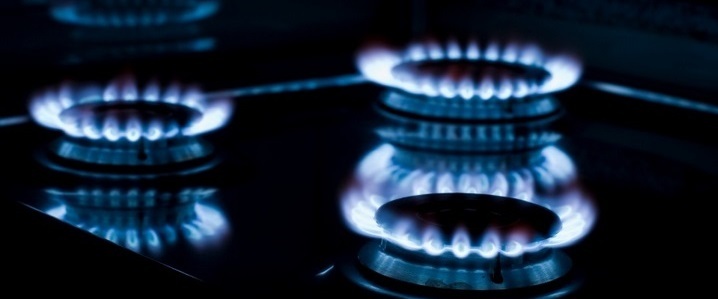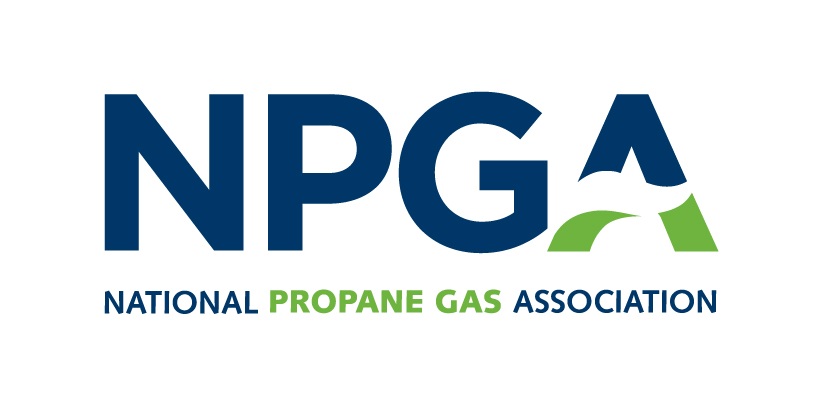National Propane Gas Association (NPGA) has joined the American Public Gas Association (APGA), American Gas Association (AGA), and others to urge the U.S. Department of Energy (DOE) to withdraw a 2015 proposed energy efficiency standard for non-weatherized gas furnaces and mobile home gas furnaces.
DOE Proposed Raising AFUE
On March 12, 2015, DOE proposed raising the annual fuel utilization efficiency (AFUE) to 92 percent, which can only be achieved through the use of a condensing furnace. The current AFUE standard is 80 percent – effective in November 2015 – a level at which a non-condensing furnace can easily comply. The proposed AFUE increase to 92 percent disproportionately injures the propane industry “and the agency underestimates the negative environmental and financial implications of the proposal,’’ NPGA claims.
 NPGA & Others Petition DOE
NPGA & Others Petition DOE
NGPA joined APGA, AGA, and other gas groups in a petition to DOE requesting the agency withdraw the efficiency rule-making proposal, primarily on the basis that the efficiency standards are not achievable by non-condensing furnaces. Non-condensing and condensing gas furnaces use separate and technically distinct types of venting systems. Neither type can be installed with a venting configuration designed for the other, according to design certification standards for safety covering gas furnaces, gas installation codes, and safe installation practices.
“Therefore, in the case of a replacement of an existing furnace, a change from a non-condensing to a condensing unit requires a new venting system. Further, many existing furnaces are commonly vented with a water heater, and in such applications significant modifications would be required to the venting system of the existing water heater to maintain safe and proper venting of flue gases,’’ according to NPGA.
New Venting System Requirements
The requirement for a new venting system in a replacement application will force consumers to incur significant additional costs, which may cause them to switch fuels from propane to an electric alternative, NPGA said.
Enjoying our insights?
Subscribe to our newsletter to keep up with the latest industry trends and developments.
Stay InformedDOE published the petition and sought comments about the request. NPGA joined the other petitioners in strongly advocating the agency simultaneously grant the petition and withdraw the proposal. The association argued that the non-condensing aspect of a furnace is a “feature,” as outlined in the Energy Policy and Conservation Act, which prohibits DOE from promulgating regulations that would likely eliminate a product type or performance characteristic.
“Therefore, the furnace efficiency standard proposal violates the Energy Policy and Conservation Act because it would likely eliminate non-condensing furnaces since they likely cannot meet the new standard,’’ according to NPGA.



 NPGA & Others Petition DOE
NPGA & Others Petition DOE


















